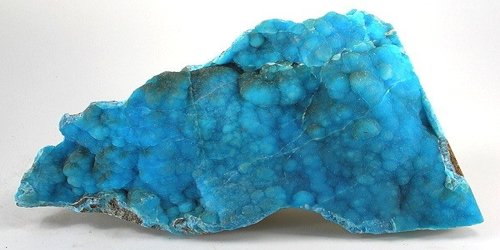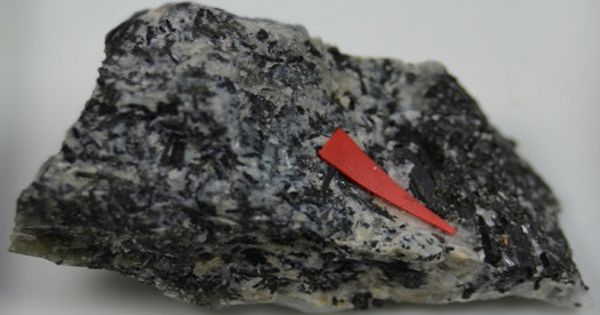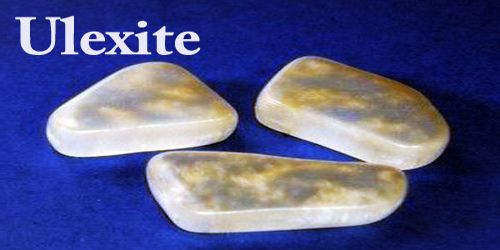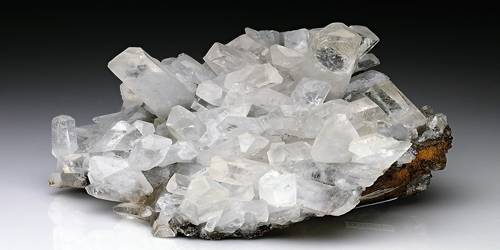Hemimorphite, is Zn4(Si2O7)(OH)2·H2O, a component of calamine. It is a mineral consisting of hydrated zinc silicate, typically occurring as flat white prisms. It is a sorosilicate mineral which has been historically mined from the upper parts of zinc and lead ores, chiefly associated with smithsonite, ZnCO3. They were assumed to be the same mineral and both were classed under the same name of calamine.
It is named after Greek word for “half shape” referring to the contrasting terminations at opposite ends of a crystal. In the second half of the 18th century, it was discovered that these two different minerals were both presents in calamine. They closely resemble each other.
General Information
- Category: Sorosilicates
- Formula: Zn4(Si2O7)(OH)2H2O
- Crystal system: Orthorhombic
- Crystal class: Pyramidal (mm2)
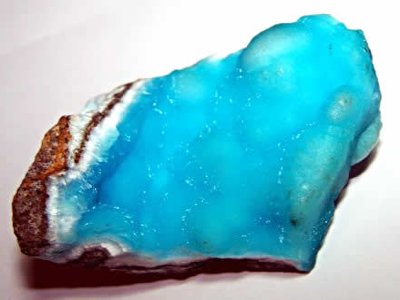
Fig: Hemimorphite
Properties
Hemimorphite most commonly forms needle- or fan-shaped aggregates of thin, colorless, bladed crystals; or as blue, blue-green botryoidal crusts. It is most commonly forms crystalline crusts and layers, also massive, granular, rounded and reniform aggregates, concentrically striated, or finely needle-shaped, fibrous or stalactitic, and rarely fan-shaped clusters of crystals.
The material is often blue-white banded and mixed with a dark matrix.
- Color: White, blue, greenish
- Crystal habit: Polar crystals, with different or hemimorphic ends
- Fracture: Uneven to conchoidal
- Tenacity: Brittle
- Mohs scale hardness: 4.5-5
- Luster: Vitreous, adamantine, rarely silky
- Streak: White
- Diaphaneity: Transparent to translucent
- Specific gravity: 3.516 – 3.525
Occurrence
Hemimorphite is an important ore of zinc and contains up to 54.2% of the metal, together with silicon, oxygen, and hydrogen. The crystals are blunt at one end and sharp at the other.
The regions on the Belgian-German border are well known for their deposits of hemimorphite of metasomatic origin, especially Vieille Montagne in Belgium and Aachen in Germany. Other deposits are in Tarnowskie Góry area in Upper Silesia, Poland; near Phoenixville, Pennsylvania; the Missouri lead-zinc district; Elkhorn, Montana; Leadville, Colorado; and the Organ Mountains, New Mexico in the United States; and in several localities in North Africa.
Information Source:
